In A Healthy Individual The Brain Stem Stimulates
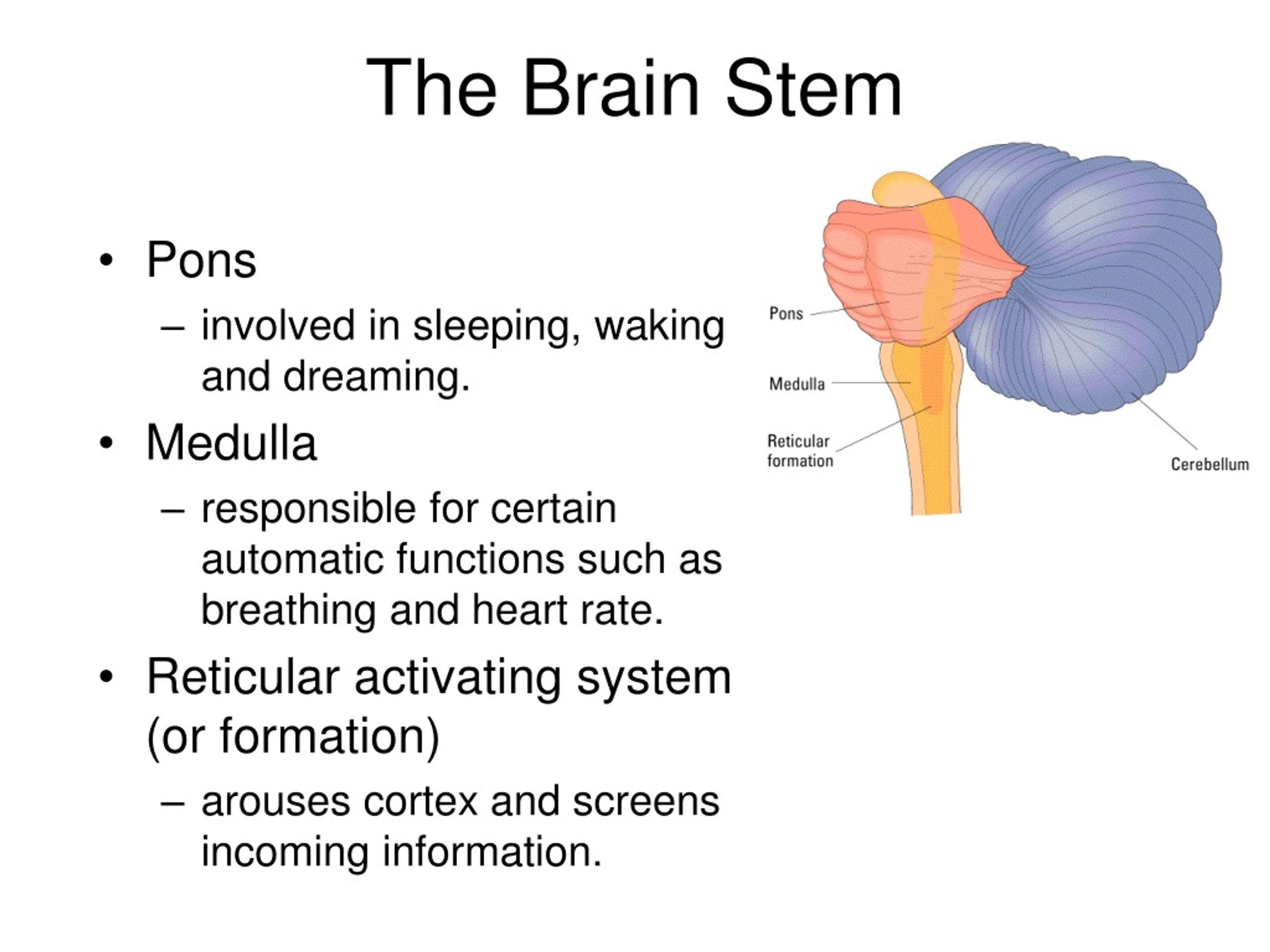
The human brainstem, a crucial structure connecting the brain to the spinal cord, constantly performs vital functions essential for life in healthy individuals. Its primary role is to regulate fundamental autonomic functions such as breathing, heart rate, blood pressure, and sleep cycles. These processes occur automatically and continuously, ensuring the body's survival without conscious effort.
This article delves into the complex operations of the brainstem in maintaining physiological stability. It examines the intricate mechanisms by which this unassuming region orchestrates essential life-sustaining functions. Understanding the brainstem's role is critical for comprehending neurological health and addressing conditions that may compromise its functionality.
The brainstem, often described as the brain's "life support center," is located at the base of the brain. It connects the cerebrum and cerebellum to the spinal cord. This location is strategically important as it serves as a conduit for sensory and motor information traveling between the brain and the rest of the body.
Key Components and Functions
The brainstem consists of three main parts: the midbrain, the pons, and the medulla oblongata. Each component contributes uniquely to the overall function of the brainstem. These components work in coordination to control a wide range of activities.
Medulla Oblongata: The Autonomic Regulator
The medulla oblongata is the brainstem's most vital structure. It contains centers responsible for regulating essential autonomic functions. These include breathing, heart rate, blood pressure, and reflexes like swallowing, coughing, and vomiting.
Damage to the medulla can have catastrophic consequences. It can lead to respiratory failure or cardiac arrest.
Pons: The Bridge
The pons, located above the medulla, acts as a bridge connecting the cerebral cortex and the cerebellum. It relays sensory information and motor commands between these regions. The pons also participates in regulating sleep cycles, breathing, and other functions.
It also houses cranial nerve nuclei that control facial expressions, eye movements, and hearing.
Midbrain: Sensory and Motor Relay
The midbrain, the uppermost part of the brainstem, plays a role in motor control, vision, and hearing. It contains nuclei involved in reflexes related to visual and auditory stimuli. The midbrain also contributes to regulating body movement and posture.
It integrates sensory information to initiate appropriate motor responses.
How the Brainstem Stimulates Life
The brainstem's autonomic centers operate through a network of neurons and neurotransmitters. These centers constantly monitor internal conditions, such as blood oxygen levels and blood pressure. They adjust physiological responses accordingly.
For example, if blood oxygen levels drop, the medulla stimulates an increase in respiratory rate to compensate. Similarly, if blood pressure rises, the medulla triggers mechanisms to lower it back to normal.
These regulatory processes are essential for maintaining homeostasis, the body's internal stability. Homeostasis is crucial for survival. Disruptions to brainstem function can therefore have severe consequences.
Clinical Significance
Understanding the brainstem's role is vital in diagnosing and treating neurological disorders. Damage to the brainstem, caused by stroke, trauma, or disease, can lead to a range of debilitating conditions. These can include breathing difficulties, paralysis, and coma.
Conditions like brainstem stroke can severely impair these functions. This often requires intensive medical intervention.
Researchers are actively investigating ways to protect and restore brainstem function following injury. Therapies targeting the brainstem are showing promise in improving outcomes for patients with neurological disorders. These treatments often include physical therapy, occupational therapy, and speech therapy.
The Importance of Continuous Monitoring
Medical professionals routinely monitor brainstem function in patients with neurological conditions. This monitoring involves assessing reflexes, breathing patterns, and other vital signs. These assessments provide valuable insights into the integrity of the brainstem and its ability to regulate essential functions.
Early detection of brainstem dysfunction allows for timely intervention and improved patient outcomes.
Conclusion
The brainstem's relentless stimulation of vital functions is a testament to its crucial role in maintaining life. Its complex network of autonomic centers ensures the body's survival by regulating breathing, heart rate, and other essential processes. A deeper understanding of the brainstem's functions not only enhances our knowledge of human physiology. It also paves the way for improved diagnosis and treatment of neurological disorders.

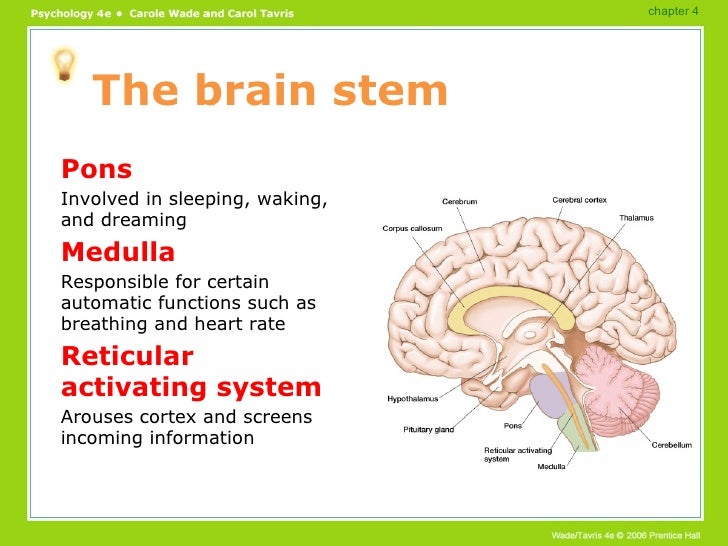
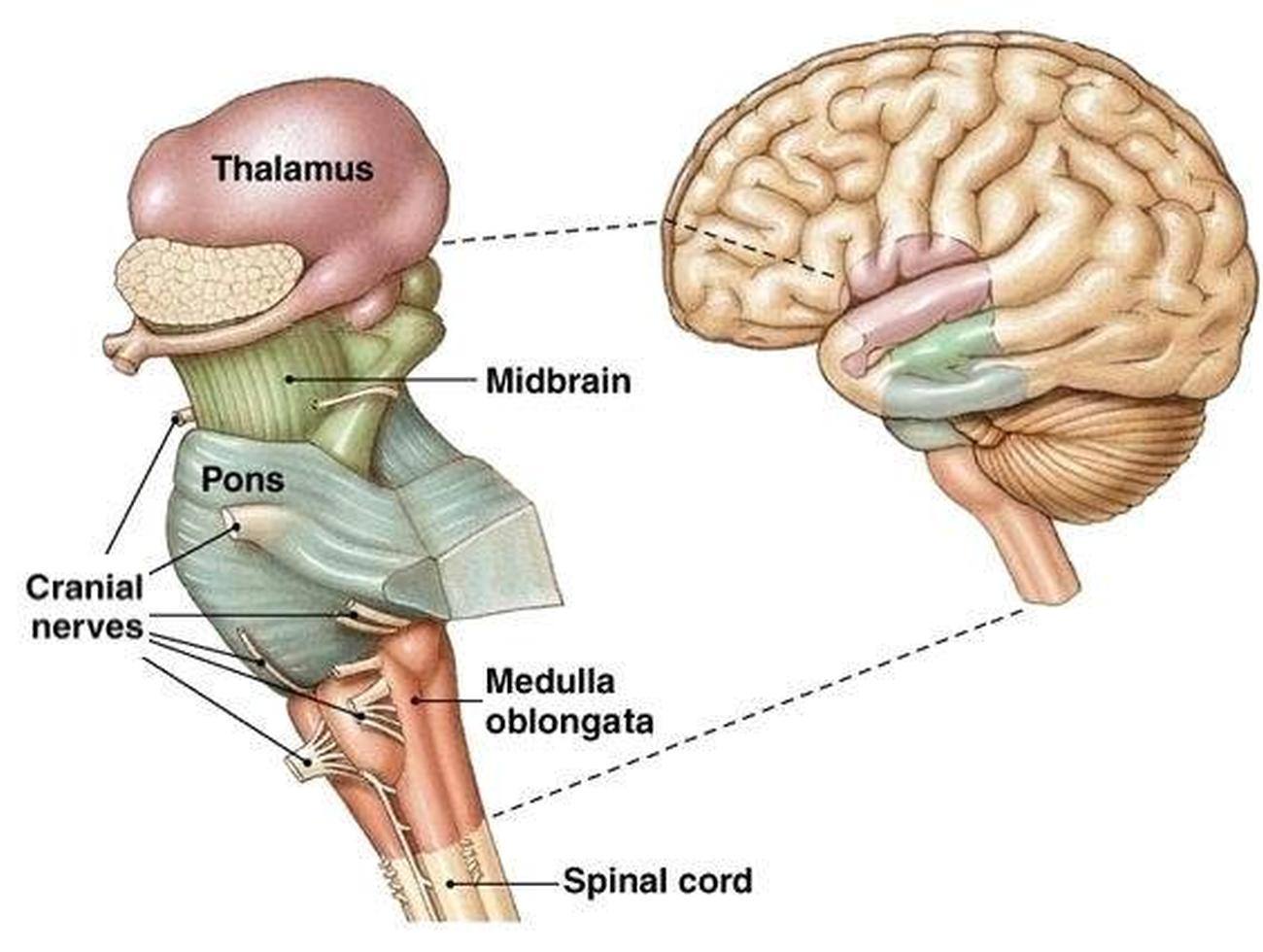
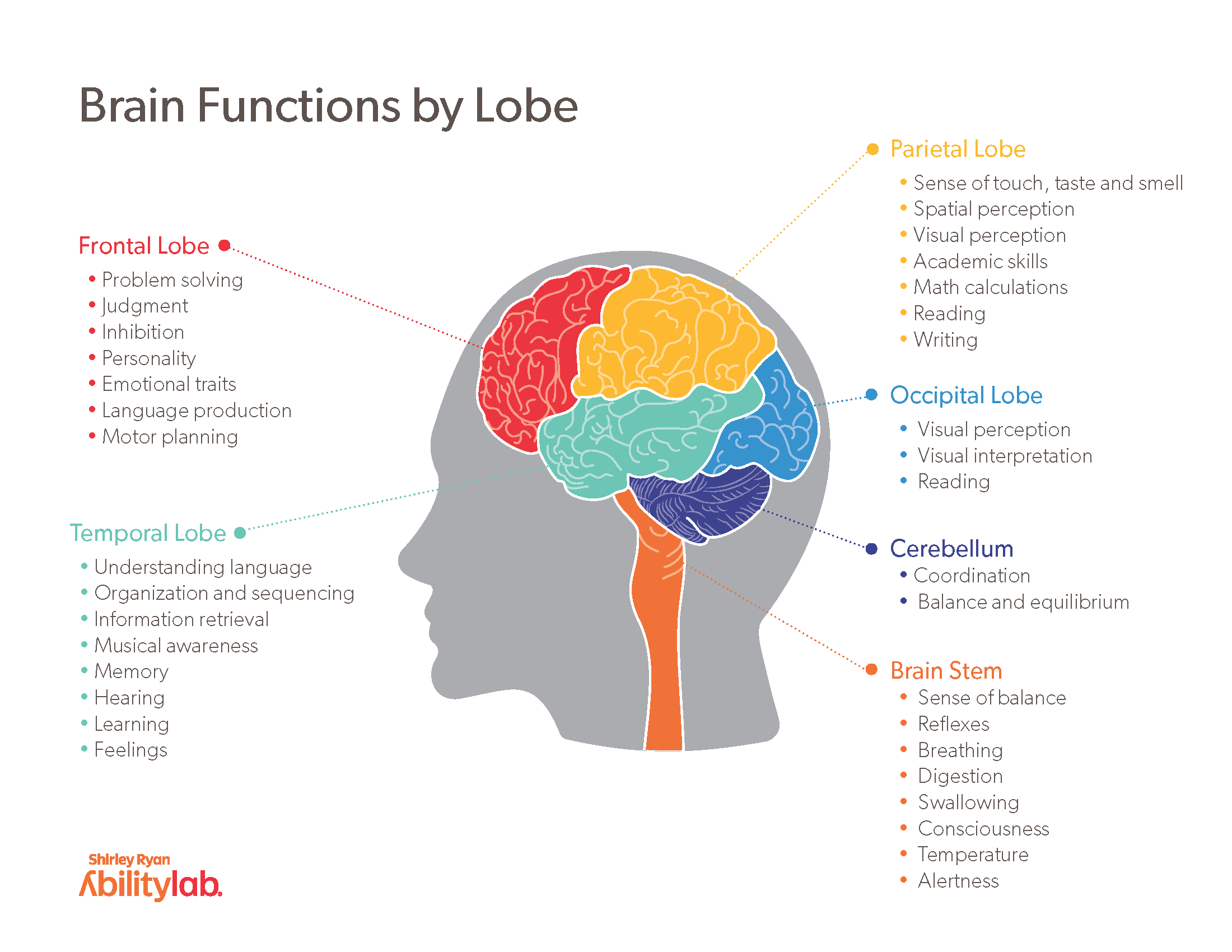
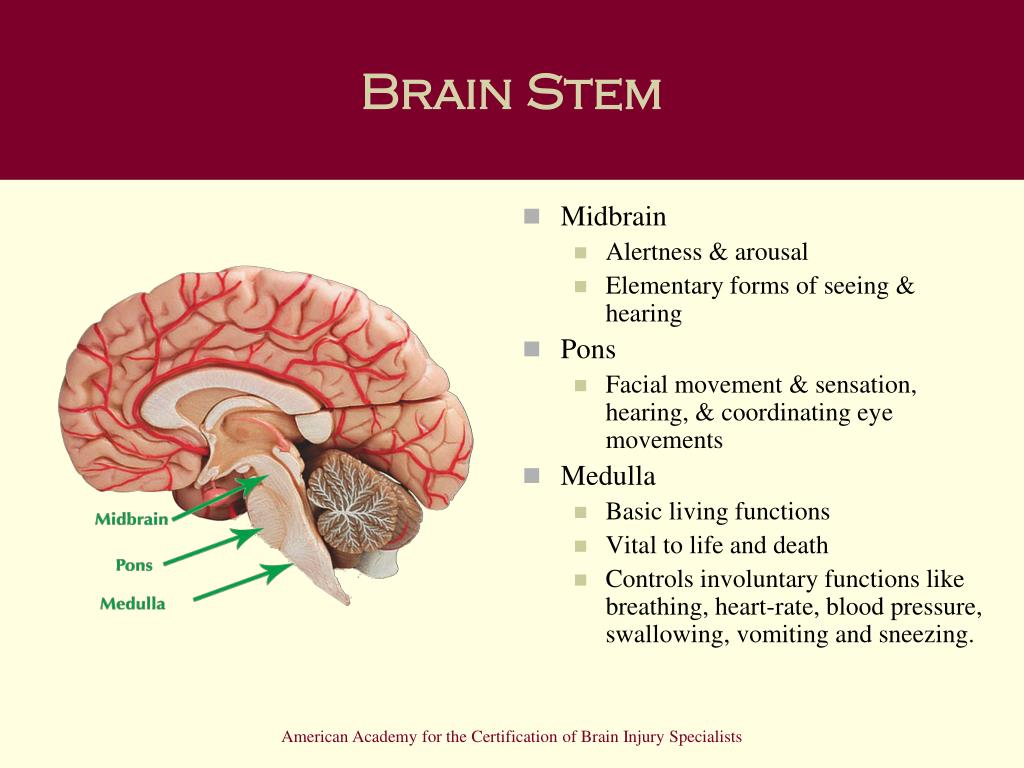
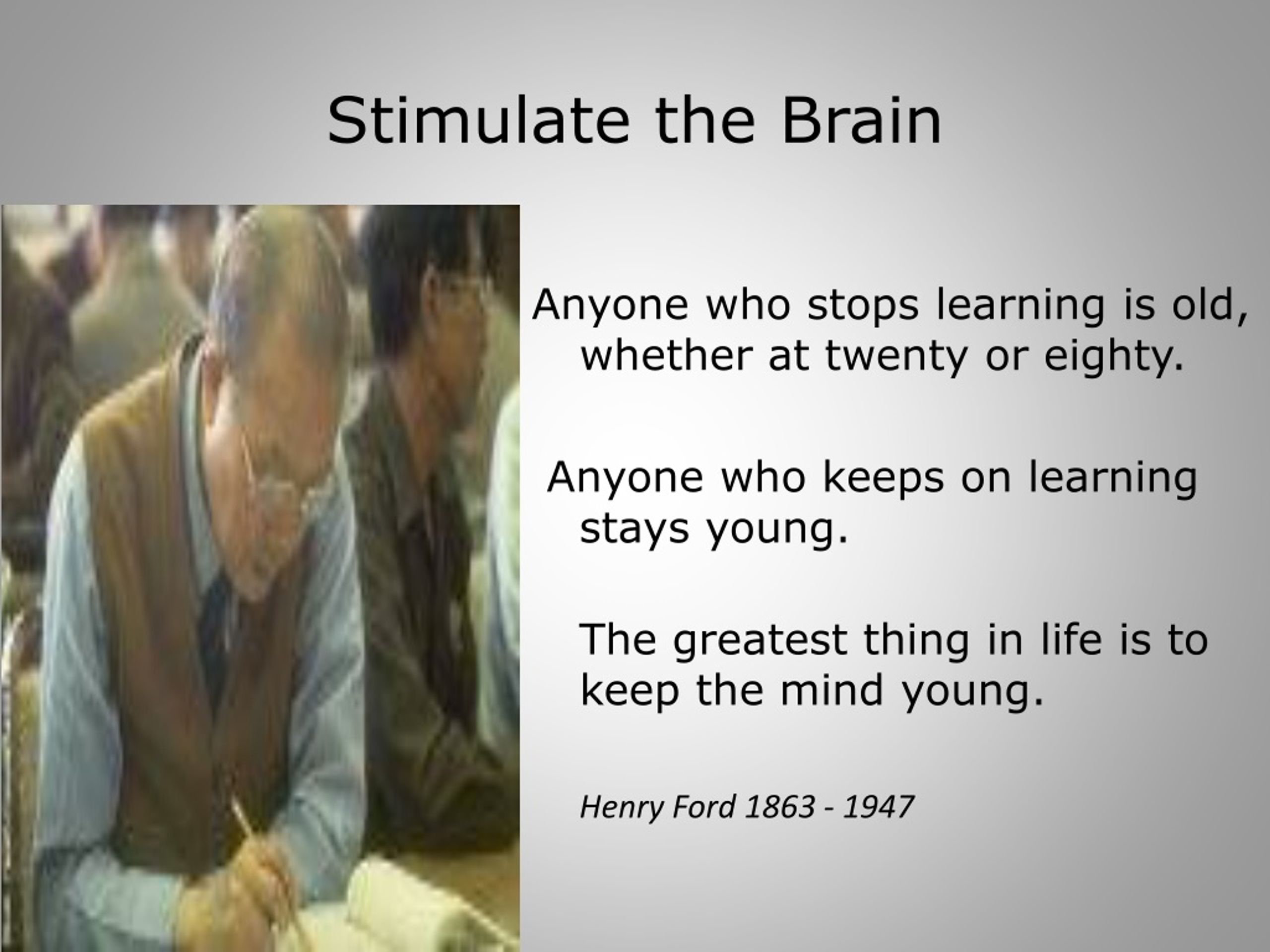

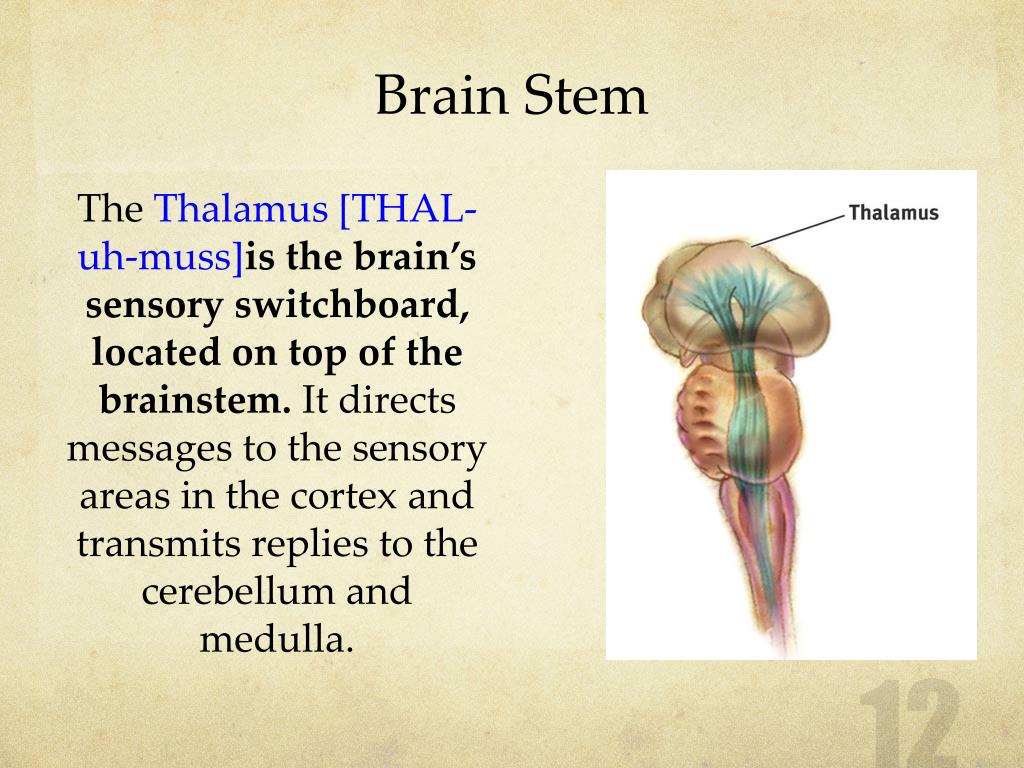


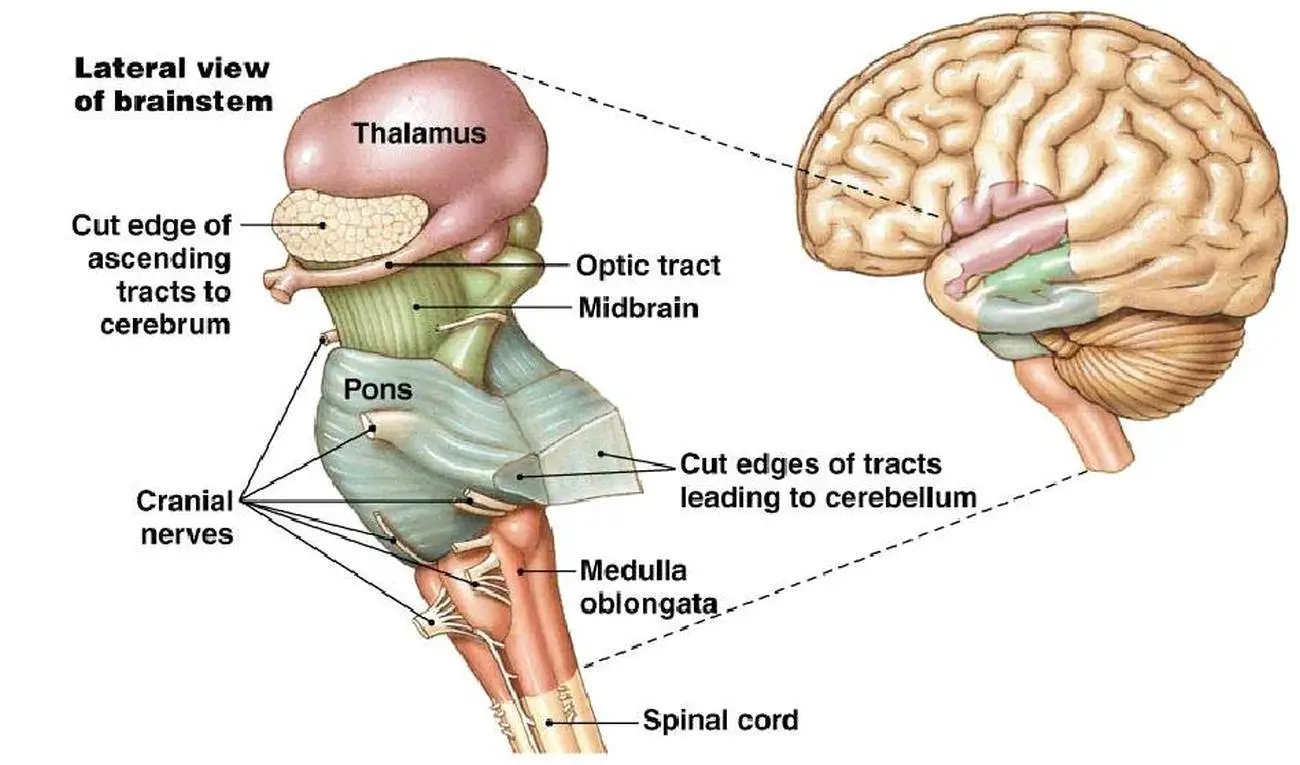
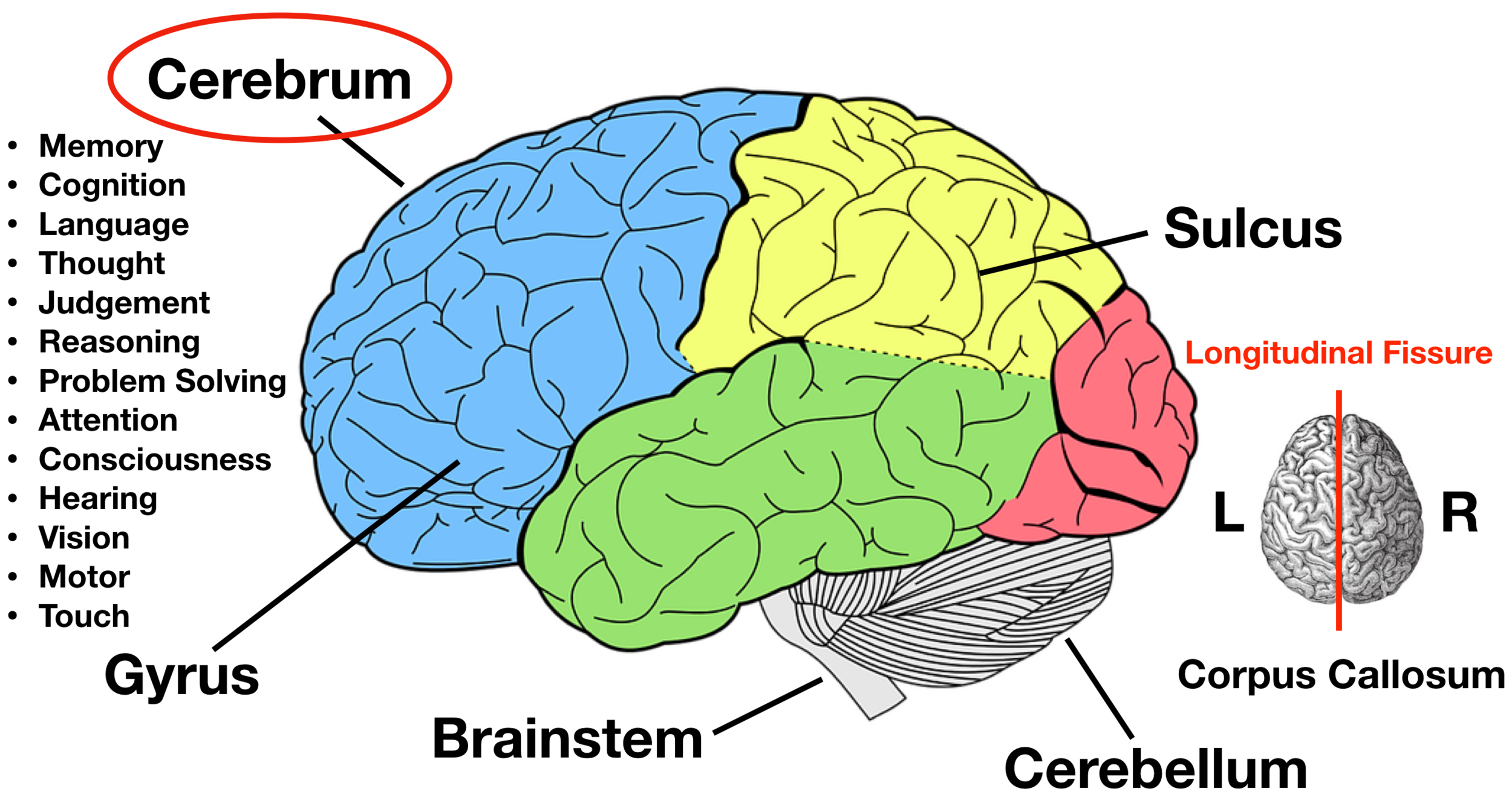
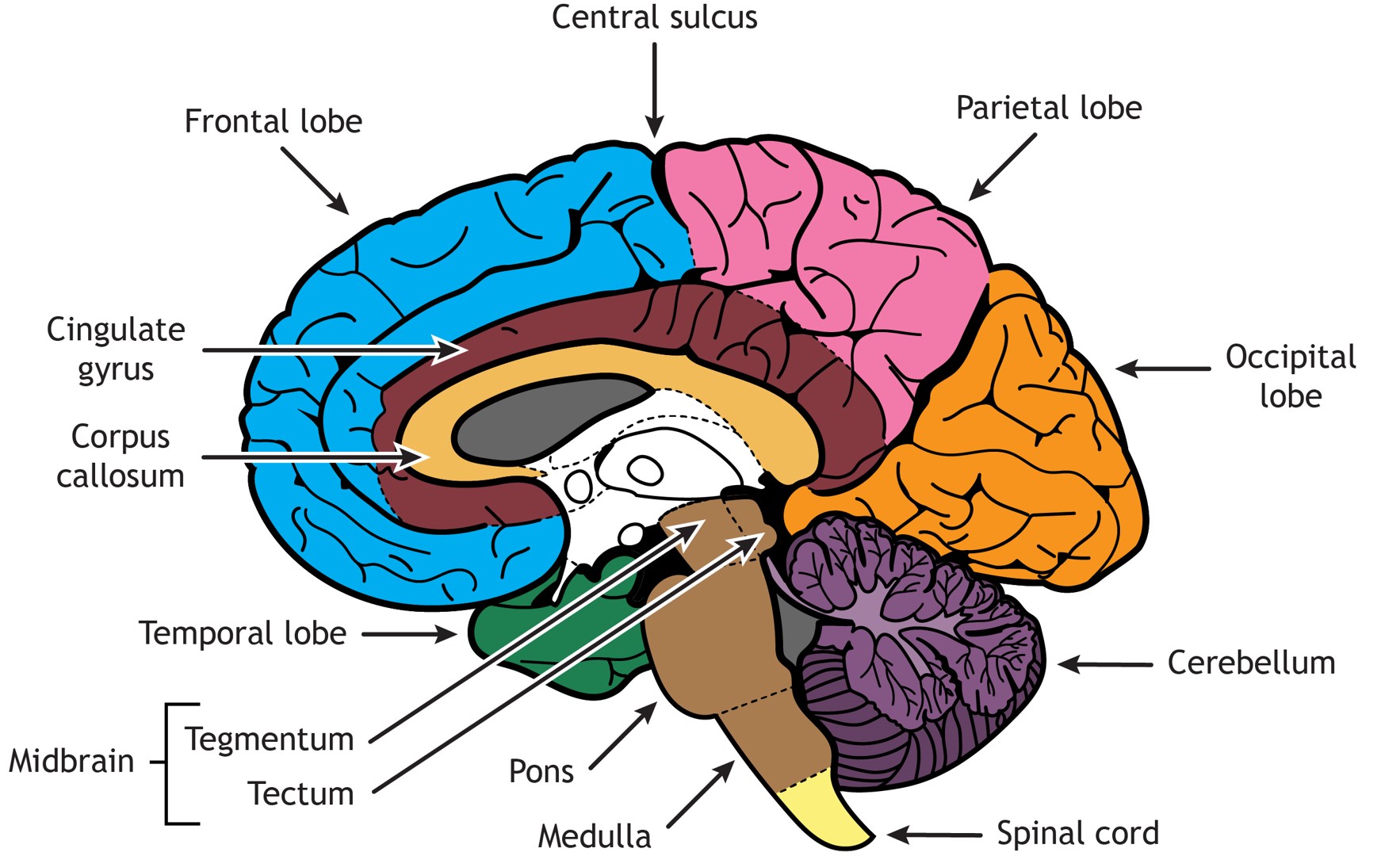
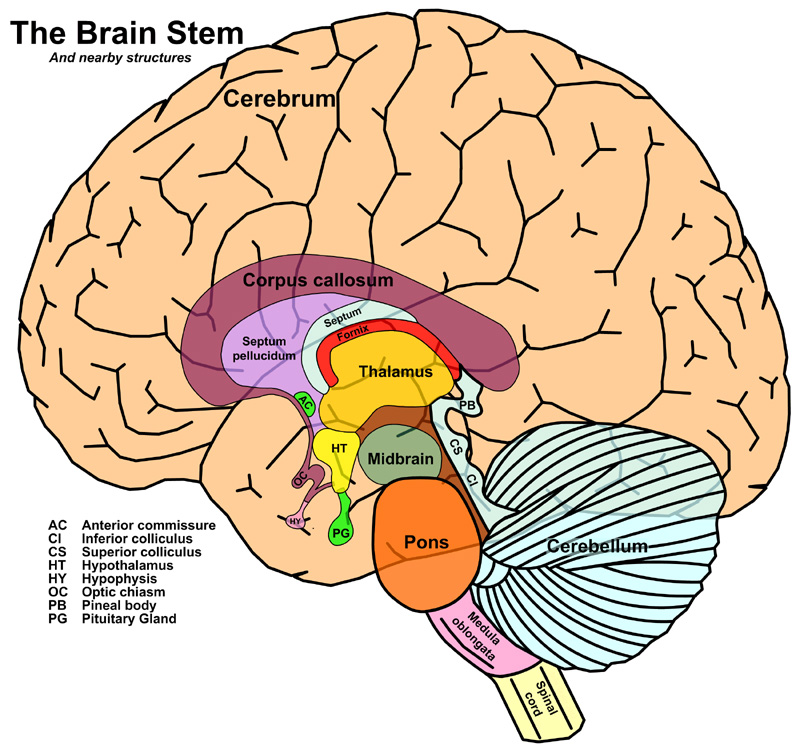
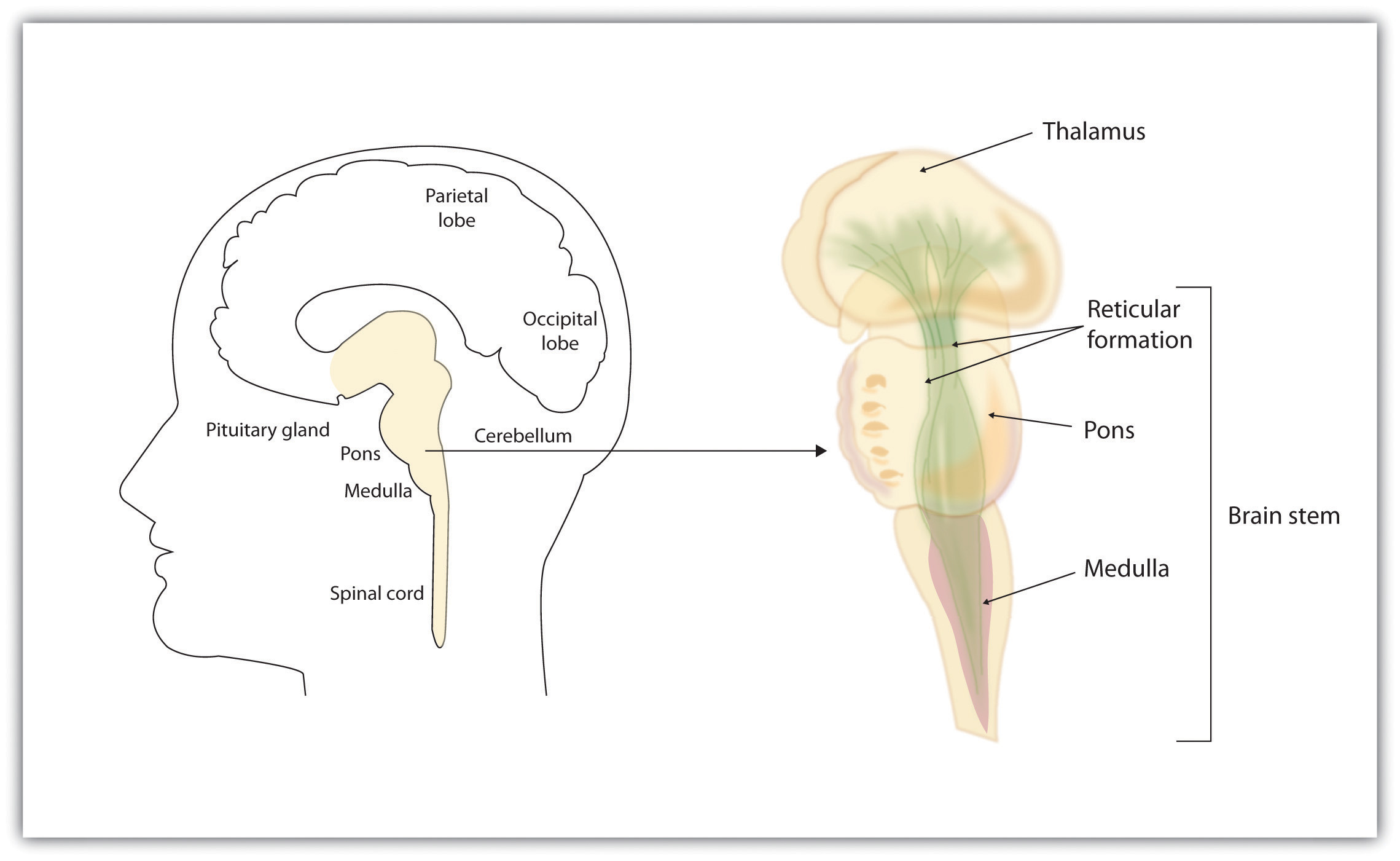
/GettyImages-1092334754-fd0644493b3148288970e38fd26aead0.jpg)


